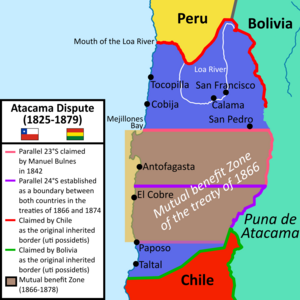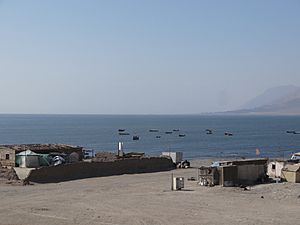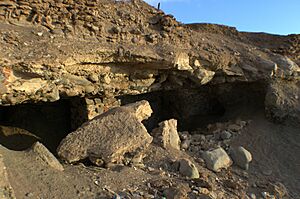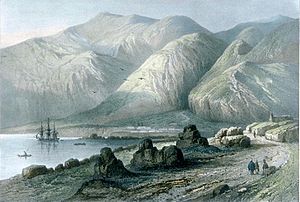Cobija, Chile facts for kids
Cobija (once called Puerto La Mar) was an important port city on the Pacific Ocean coast. It was the first major port for independent Bolivia. Today, only a few people live there, and they mostly rely on fishing.

Contents
Cobija's Early History
Cobija appeared on maps of the Captaincy General of Chile in the 1700s. Back then, it was connected to the city of Copiapó.
In 1825, Cobija became Bolivia's main port. This was because of the rich Potosí silver mines. Silver from Potosí was shipped out through Cobija.
Border Disputes and Disasters
The land where Cobija was located was a source of disagreement between Chile and Bolivia for many years. This dispute finally ended with the Boundary Treaty of 1866.
Cobija faced several natural disasters. A strong earthquake hit the city on August 13, 1868. Then, a huge tsunami (a giant ocean wave) struck on May 9, 1877. Even after these disasters, the city started to grow again. This happened when valuable ore (rock with minerals) was found in a nearby area called Caracoles.
Loss to Chile and Abandonment
At the end of the War of the Pacific in 1884, Chile took control of Cobija. Chile also gained the entire coastal area that belonged to Bolivia. Bolivia officially agreed to this loss in a treaty signed in 1904.
Over time, another port city called Antofagasta became more important than Cobija. By 1907, Cobija was mostly abandoned. Its local church was even moved to a town called Gatico, which is now also almost a ruin.
See also
 In Spanish: Cobija (Chile) para niños
In Spanish: Cobija (Chile) para niños





